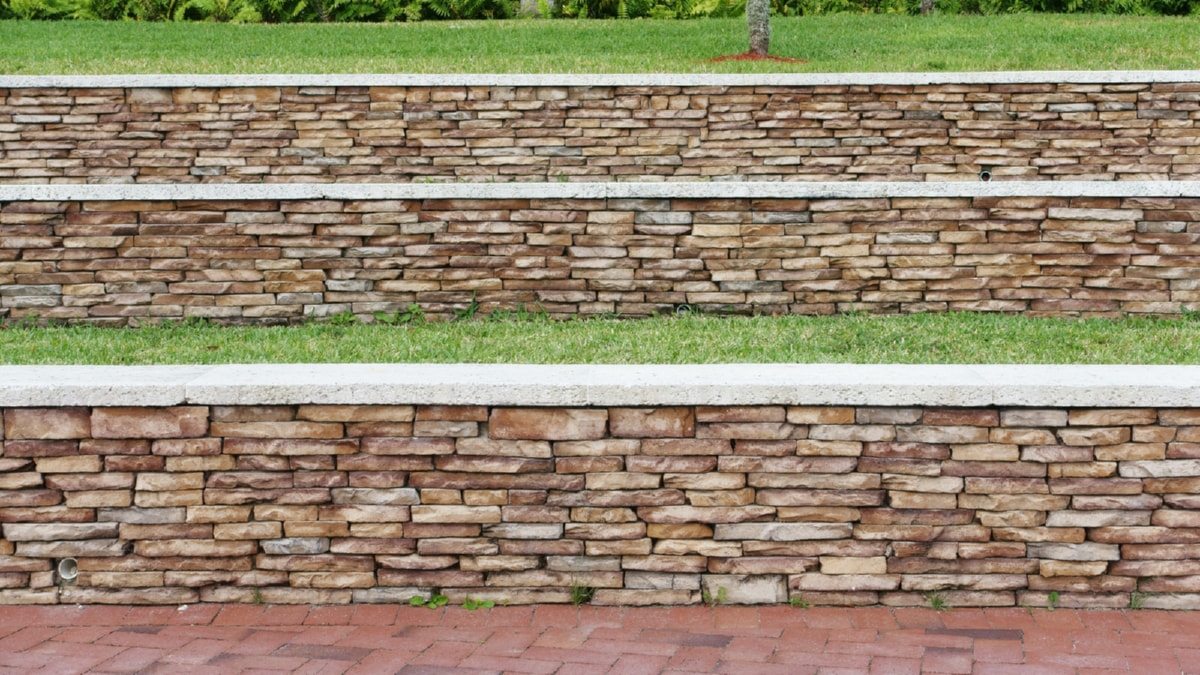The construction industry has seen a significant transformation in recent years with the integration of green building technologies. This shift towards sustainable practices is not only beneficial for the environment but also offers considerable advantages for building occupants and owners. This article will explore some of the latest advancements within this field.
Green building technologies primarily focus on enhancing energy efficiency and reducing the environmental impact during the construction process and throughout the building’s lifecycle. One such cutting-edge technology is solar power. Solar panels can be integrated into building designs to provide a renewable energy source, reducing reliance on traditional energy resources. The advent of high-efficiency solar panels has made this option increasingly viable, even in regions with less sunlight.
Another significant advancement in green technology is the development of energy-efficient appliances and systems. These include LED lighting systems, energy-efficient heating, ventilation and air conditioning (HVAC) systems, and energy-star rated appliances. These technologies significantly reduce energy consumption, thereby lowering carbon footprints and operational costs.
The adoption of smart technologies is another trend in green building. Smart thermostats and energy management systems allow for greater control over energy use. They can adjust temperatures based on occupancy and time of day, reducing energy waste. Similarly, smart water management systems can limit water usage, contributing to conservation efforts.
Green building materials have also received considerable attention. The use of recycled and locally sourced materials can reduce the environmental impact of construction. Moreover, materials like low-VOC paints, bamboo, and cork can enhance indoor air quality, contributing to healthier living spaces.
Building designs are also evolving to incorporate more natural light and ventilation. Techniques such as daylighting can reduce reliance on artificial lighting, while natural ventilation systems can decrease the need for air conditioning. These design elements can drastically reduce energy consumption, making buildings more sustainable.
Newer concepts such as green roofs and walls, also known as living architecture, are being increasingly adopted. Not only do they provide a natural insulation system, reducing heating and cooling costs, but they also enhance the aesthetic appeal of buildings. Additionally, they can help mitigate the heat island effect in urban areas.
The integration of green spaces within and around buildings is another innovative approach in green building technologies. These spaces can improve air quality and provide a habitat for local wildlife. They also offer mental health benefits for occupants, offering a sense of connection with nature amidst urban landscapes.
Building certification programs such as LEED (Leadership in Energy and Environmental Design) have played a key role in promoting green building practices. Such programs provide a structured approach to implementing and recognizing green building practices, encouraging more builders to adopt sustainable strategies.
In conclusion, the advancements in green building technologies have revolutionized the construction industry, providing a pathway to a more sustainable future. These innovative technologies and practices not only contribute to environmental conservation but also enhance the health and well-being of building occupants. As the construction sector continues to evolve, it is clear that green building technologies will play a vital role in shaping the built environment of the future.
For more details, check best masonry services or visit their business listing here.



